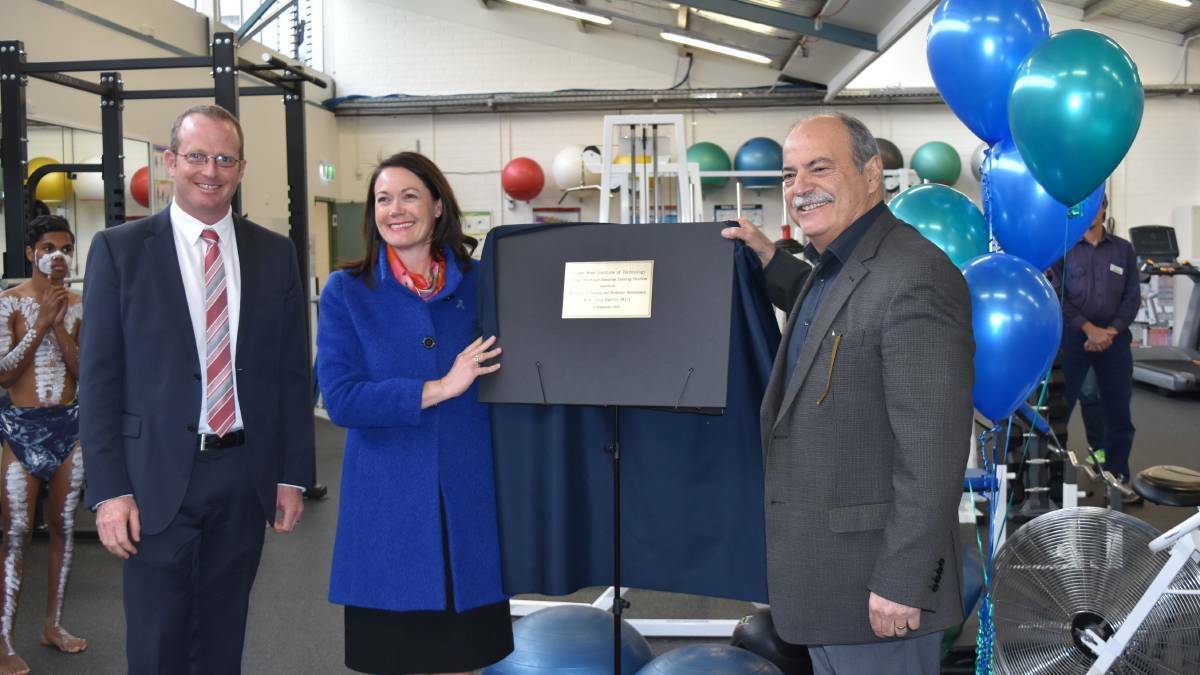
Training and Workforce Development minister Liza Harvey has reassured regional communities changes to the public training sector will not stop local residents from having access to their training facilities.
Create a free account to read this article
$0/
(min cost $0)
or signup to continue reading
Last month, the Mail reported the government’s plan to merge WA’s 11 TAFE colleges, which administer 70 campuses, down to five TAFE colleges.
Since April 11, South Regional TAFE, formerly the South West Institute of Technology and Great Southern Institute, now includes campuses in Bunbury, Busselton, Collie, Harvey, Manjimup, Margaret River, Albany, Denmark, Katanning, Mount Barker, Narrogin and Esperance.
Last week, the Mail reported concerns about the transition raised by opposition leader Mark McGowan and his Labor party colleagues Mick Murray and Adele Farina.
These concerns included how the new South Regional TAFE would be administered and whether the move would save money, as the original plan proposed.
Ms Harvey told the Mail on Thursday, local residents could rest assured that all of the 70 campuses located around the state will continue to operate in their current locations and courses offered will not be changes.
“TAFE will not be taken out of the region,” she said.
“As a result of changes to the TAFE sector, there will be stronger emphasis on collaboration and sharing of resources across regional and metropolitan colleges, leading to more diverse training opportunities for students.
“Regional colleges will be given the opportunity to access the capability of metropolitan colleges to support a broader range of services to regional and remote areas.”
Ms Harvey said the industry reforms are focused on securing a robust TAFE sector which will grow and offer greater training opportunities for West Australians into the future.
“Using the collective strength of the new college structure will enable higher quality training to be delivered to meet the skill needs of industry while maximising employment prospects for students,” she said.
The government plan hopes changes to TAFE colleges will enable remote or smaller regional campuses can be part of a bigger, more effective college structure with increased collaboration and opportunities for growth between regional and metropolitan colleges.

